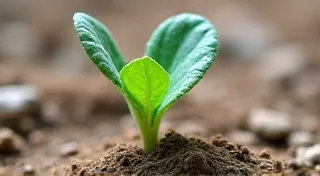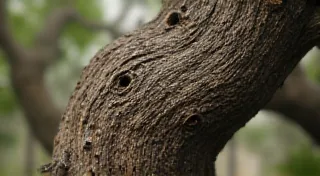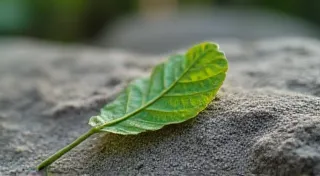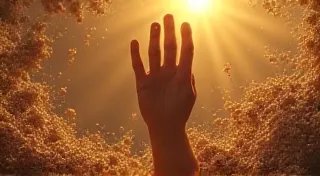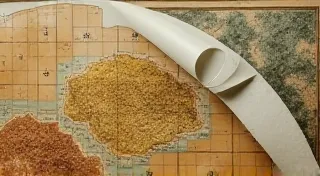The Cartographer’s Blade: Mapping Intent onto Untamed Wood
The scent of aged wood, faintly sweet and tinged with the ghosts of long-ago workshops, always transports me. It’s a scent that carries echoes – the rasp of a plane, the gentle tap of a mallet, the quiet focus of a craftsman lost in his creation. I think of my grandfather’s old accordion, a Hohner Monarch, its bellows worn smooth by countless melodies. It wasn’t just a musical instrument; it was a testament to meticulous planning, a map etched in metal and wood, each component precisely placed to achieve a harmonious whole. That same meticulousness, that deep consideration of the journey from raw material to finished object, is what I find so compelling about penknife whittling.
Unlike carving with larger tools that allow for broader, more sweeping gestures, penknife whittling demands a different kind of intent. It’s a slow, deliberate process, a conversation between the carver and the wood. There’s no bulldozing, no aggressive shaping. Instead, it's about revealing the form already latent within the block of wood, like tracing the contours of a forgotten landscape. And that revelation begins, not with the first cut, but long before. It starts with the planning, the “mapping,” if you will.
The Initial Blueprint: More Than Just a Sketch
My grandfather, a master accordion repairman, always said, “A good repair isn’s just about fixing what’s broken; it’s about understanding the original design intent.” He’s right. With penknife whittling, understanding that intent is paramount. We don’t simply grab a piece of wood and start carving. We envision. We consider. A simple bear, a whimsical mushroom, a tiny bird – each begins as a fleeting image in the mind's eye, slowly coalescing into a more concrete idea.
That initial vision rarely translates directly into a finished carving. Just as a cartographer doesn’t simply copy the immediate surroundings when creating a map, we need to analyze the wood itself. The grain's direction, the presence of knots, the density – these factors dictate the possibilities and limitations. A tight, even grain is ideal for intricate details, while a softer grain might be better suited for a more rustic, expressive carving.
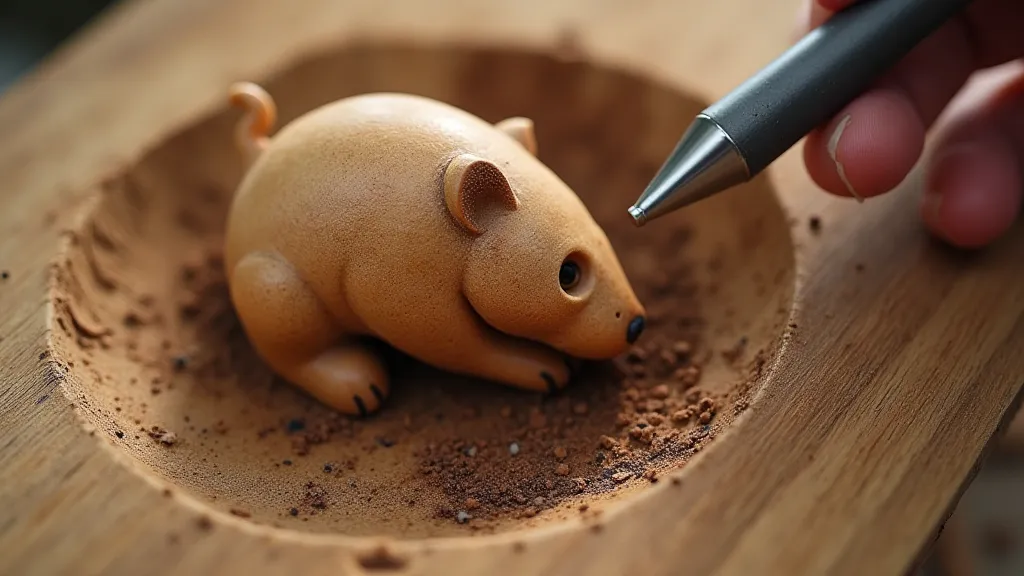
From Inspiration to Contour Lines: The Sketch’s Role
Once I'm familiar with the wood, I usually make a quick sketch. This isn't about precise anatomical accuracy – unless that's the goal. It's more about defining the overall form, establishing the proportions, and identifying key features. Think of it as drawing contour lines on a topographical map – they give you a sense of the terrain without getting bogged down in every detail.
The sketch isn't set in stone. It's a working document, a guide to be adjusted and refined as the carving progresses. I'm constantly reevaluating, comparing the emerging form with the sketch, and making corrections. This iterative process is where the true artistry lies, in the ability to adapt and respond to the unexpected. Sometimes, the very act of sketching provides an opportunity to release tension and find a certain peace—a process akin to the geometry of letting go that can be profoundly therapeutic.
Often, I'm not even sketching a complete figure. Sometimes, just a key element – the curve of a wing, the angle of a branch – is enough to guide the carving. The wood itself often dictates the direction, subtly suggesting a form that I hadn’t initially considered. Embracing those unexpected suggestions is part of the joy of the process.
The Penknife as a Cartographer’s Tools: Precision and Patience
The penknife itself is a deceptively simple tool. Its lack of heft and power demands a different approach to carving. It's not about brute force; it’s about precision and patience. Each cut must be deliberate, controlled. It's a tool that rewards careful planning and thoughtful execution.
The blade’s curvature, the angle of attack – all these factors influence the shape of the cut. A slight change in angle can dramatically alter the result. It's a constant learning process, a refinement of technique honed through countless hours of practice. The smallest detail, the subtle rounding of an edge, can significantly contribute to the overall character of the carving. Maintaining your tools is just as vital to the art as the carving itself; it's a deep dive into whispers of the edge, a constant refinement of skill and awareness.
My grandfather, repairing accordions, used tiny screwdrivers and specialized tools to adjust reeds, levers and bellows. The same delicacy and precision needed for those repairs is mirrored in the whittler's touch. A rushed cut can ruin a carving, so a steady hand and a focused mind are essential.
The Beauty of Imperfection: Embracing the Journey
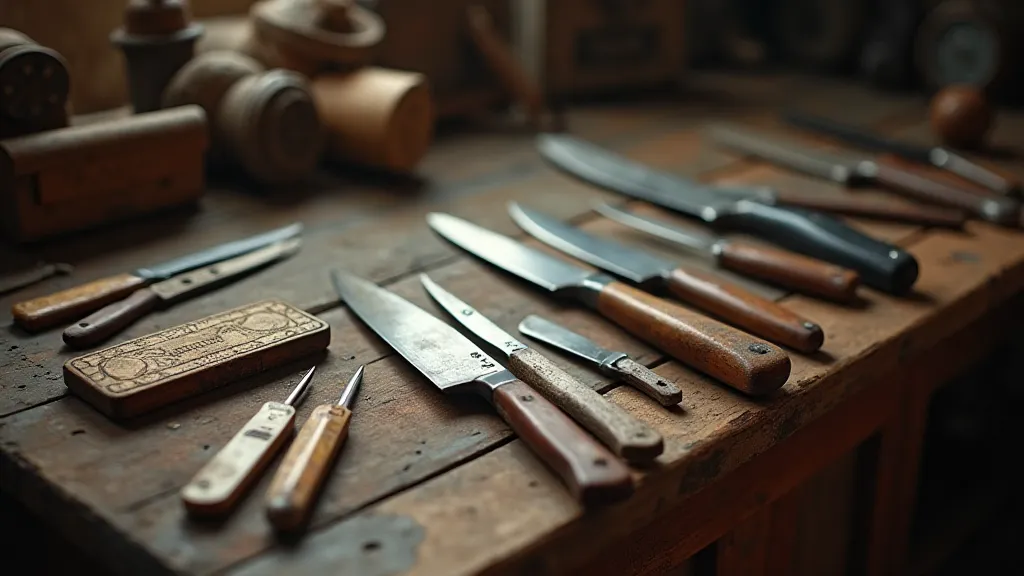
One of the things I appreciate most about penknife whittling is its inherent embrace of imperfection. Unlike some carving techniques that strive for flawless symmetry and anatomical accuracy, penknife whittling celebrates the quirks and irregularities that arise from the hand-carved process. These imperfections are not flaws; they are signatures, evidence of the journey from raw material to finished object.
Just as the grain of the wood is unique to each piece, each carving bears the unmistakable mark of its maker. It’s in these small imperfections – a slightly uneven edge, a subtly different curve – that the carving finds its character, its soul. Trying to eliminate every imperfection is to erase the very essence of what makes it special. The process of creation, the moment where raw material transforms into something beautiful, embodies handle to heartwood – a profound shift in form and essence.
Collecting and Preservation: Echoes of the Past
There's a certain romance associated with antique penknives and the tools of the past. Holding a knife that has been used to create countless carvings, feeling the history etched into its handle, is a profoundly moving experience. The care and maintenance of antique accordions is similar; appreciating the meticulous engineering and craftsmanship of a bygone era.
Restoring an antique carving is a delicate process, requiring a deep understanding of the original techniques and materials. It’s not about making it perfect; it’s about preserving its integrity, its story. Just like restoring an old accordion, the goal is to reveal the beauty that lies beneath the patina of time, not to erase it. It's about recognizing the inherent value of things touched by time and experience—a philosophy closely aligned with embracing imperfection, finding beauty in the worn and aged.
The legacy of penknife whittling, like the echoes of a beloved accordion, continues to resonate through generations. It’s a craft that connects us to the past, a testament to the enduring power of human creativity and the quiet satisfaction of transforming a simple piece of wood into something beautiful and meaningful. It is a journey mapped not just on the wood itself, but on the heart of the carver.
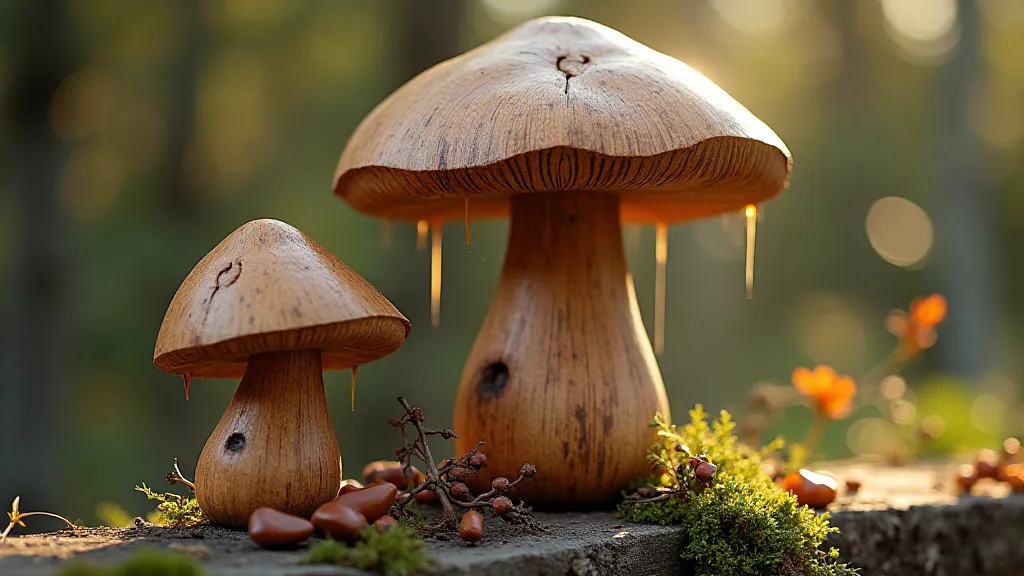
Beyond the tangible results of a finished carving or a restored instrument, there's a deeper significance—a connection to tradition, a meditative practice, and a profound appreciation for the beauty of the natural world. The act of creating, of shaping raw materials into objects of art, taps into a primal urge within us—a desire to leave our mark on the world, to express ourselves through tangible forms. And in doing so, we not only create something beautiful, but we also enrich our own lives and those of others.
The quiet rhythm of the knife against wood, the scent of shavings filling the air, the satisfaction of seeing a form emerge from a block of wood—these are the moments that define the carving experience. They are moments of connection, of presence, of deep and abiding joy. And they are moments that we will cherish long after the carving is finished and the instrument is restored.

